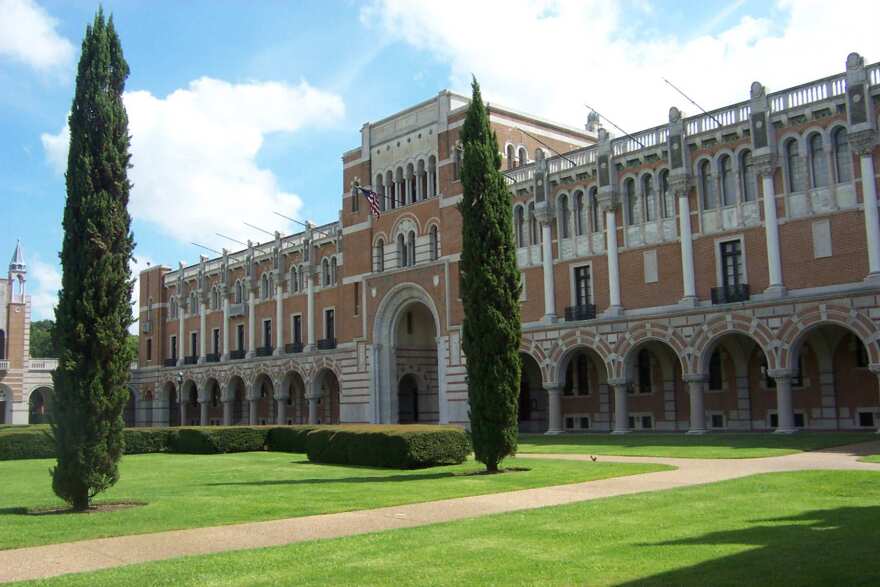This year’s U.S. News & World Report ranking of the nation’s top colleges and universities only featured one Texas school — Rice University at No. 18 — in the top 50. One former member of the top 50, the University of Texas at Austin, dropped from last year’s ranking of 46 to the 52nd spot this year.
Also dropping in the ranking, which came out Tuesday, were Southern Methodist University (from 58 to 60) and Texas A&M University (65 to 69).
Baylor University remained in the 75th spot, and Texas Christian University moved up from the 92nd spot last year to 82nd. Other Texas universities that rose in the ranking include the University of Texas at Dallas, which moved from 151 to 142, and Texas Tech University, 165 to 161. The University of Houston was ranked 190.
For its college rankings, U.S. News uses measures that are based on 16 indicators of academic excellence. Analysts Robert Morse and Sam Flannigan worked on the ranking, which assigns a certain weight to each factor based on the analysts’ judgment. The colleges and universities are then ranked against one another.
This year, the U.S. News assessment changed how it analyzed data for the rankings. The primary change was reducing the impact of students’ standardized ACT and SAT scores, which this year counted for 12.5 percent of a university’s ranking, a drop from last year’s 15 percent.
UT-Austin’s drop was largely tied to its graduation rates.
Asked about UT-Austin’s dip, Tara Doolittle, the university’s director of media outreach, said, “We have been working on improving our graduation rates for a year through a campaign. We did not change in performance, and we do not plan to change.”
Other factors in the ranking include academic reputation, which refers to the opinions of a university from top academics outside the school and accounts for 22.5 percent of the overall ranking. Graduation data, which includes the number of freshman students who returned for their sophomore year and overall graduation rates, counted for 30 percent. Twenty percent was based on how satisfied students were with faculty members. Financial resources — which involved school resources for student programs and services — accounted for 10.5 percent.
The U.S. News rankings diverge sharply from Washington Monthly’s list, which came out last week.
In that list Texas A&M University ranked No. 3, and the University of Texas at El Paso — which was unranked in U.S. News — ranked seventh.
Washington Monthly's methodology is based more on the recruitment and graduation percentage of low-income students as well as on scholarship and Ph.D.'s, and it examines how the school encourages students to give back to the country.
“The U.S News and World Report rankings are heavily weighted towards such prestige criteria as endowment size and alumni giving and are thus more attuned to smaller, elite private universities,” said Howard Daudistel, UTEP’s senior executive vice president. “In contrast, the Washington Monthly rankings, which placed UTEP as No. 7 in the nation in between Stanford and Harvard, seek to capture an institution’s impact on the students it serves, on the region in which is located and on the nation as a whole.”
This article originally appeared in The Texas Tribune at http://www.texastribune.org/2013/09/10/rice-is-top-texas-university-in-us-news-ranking/.


